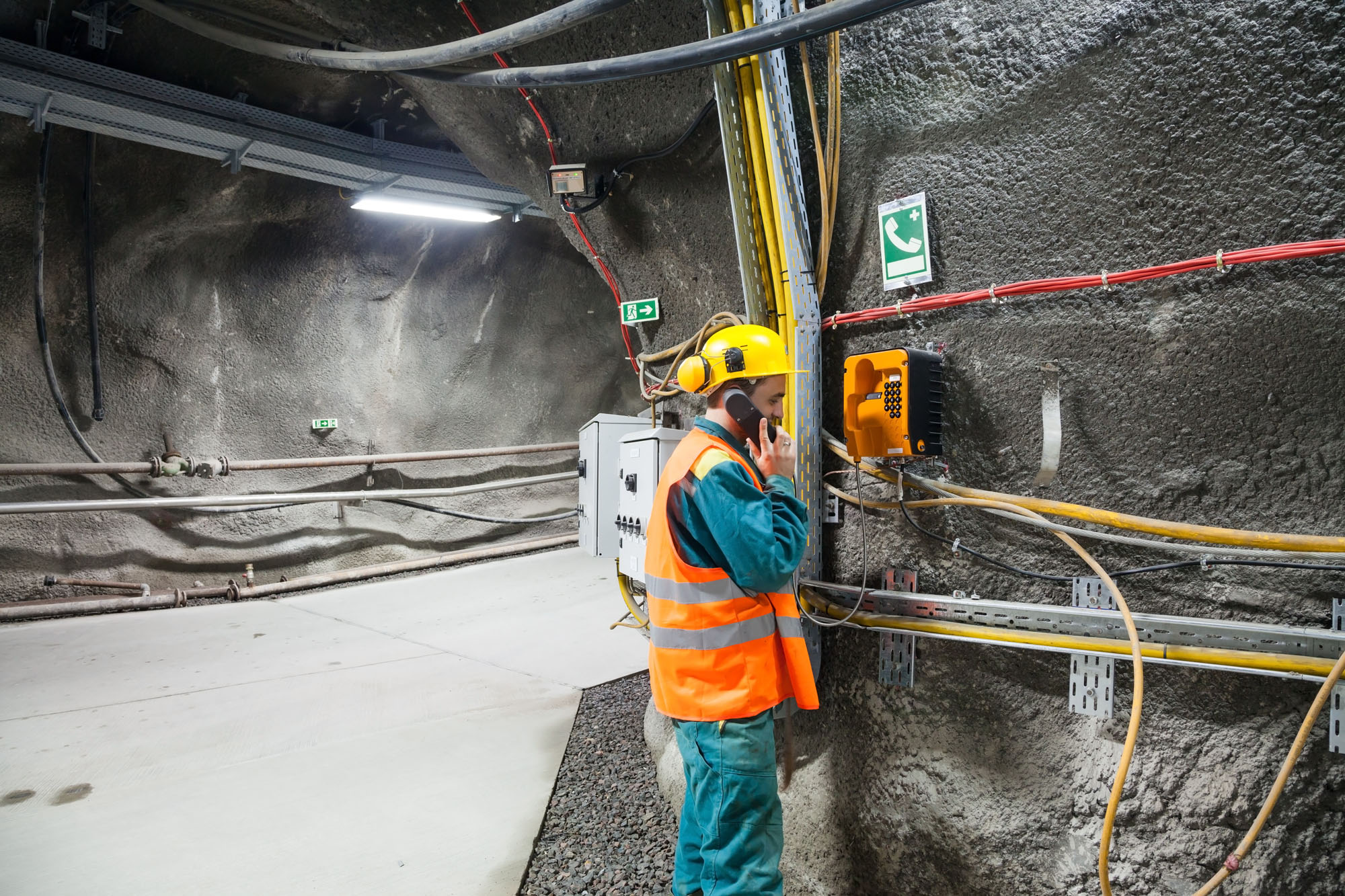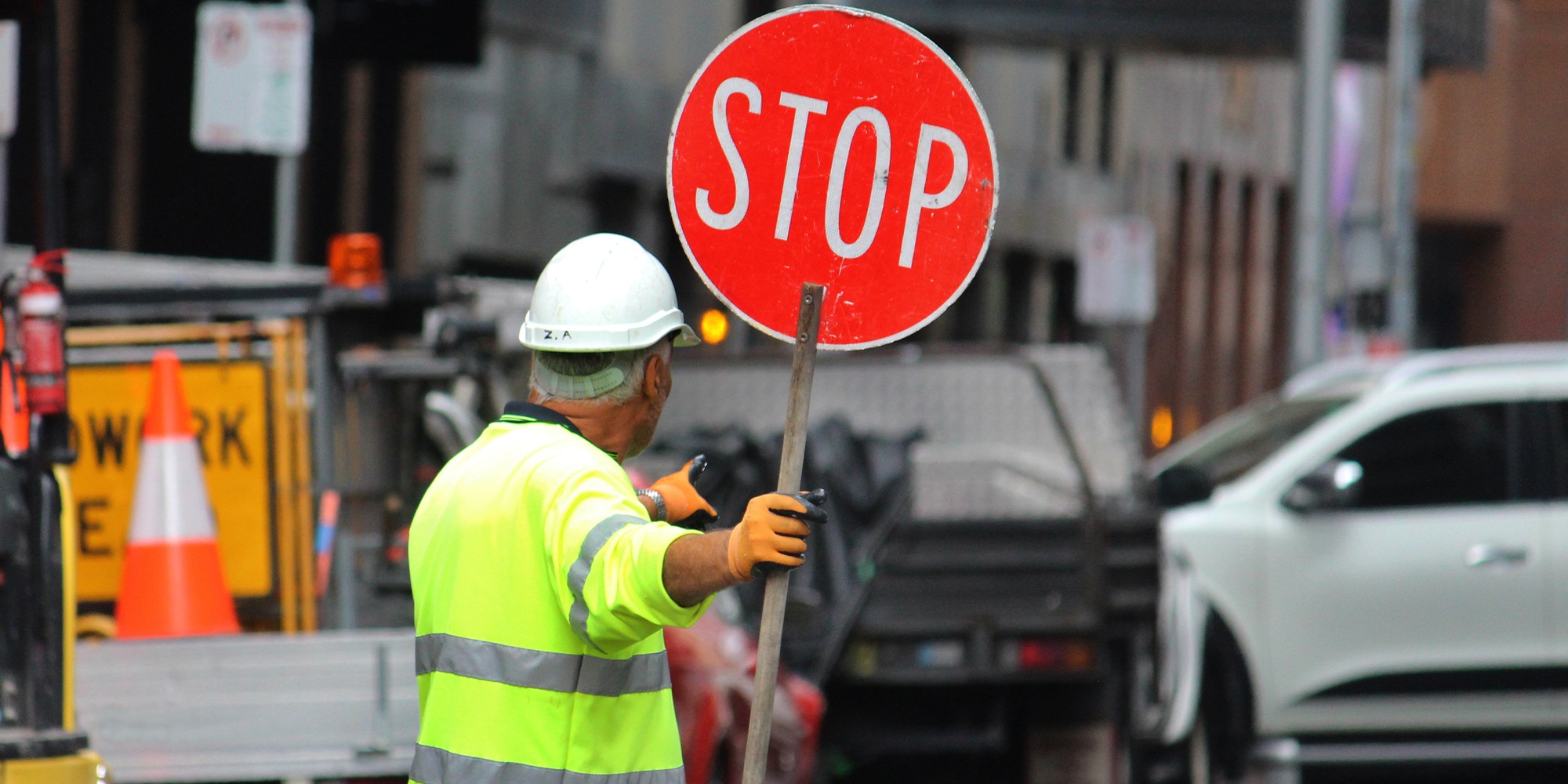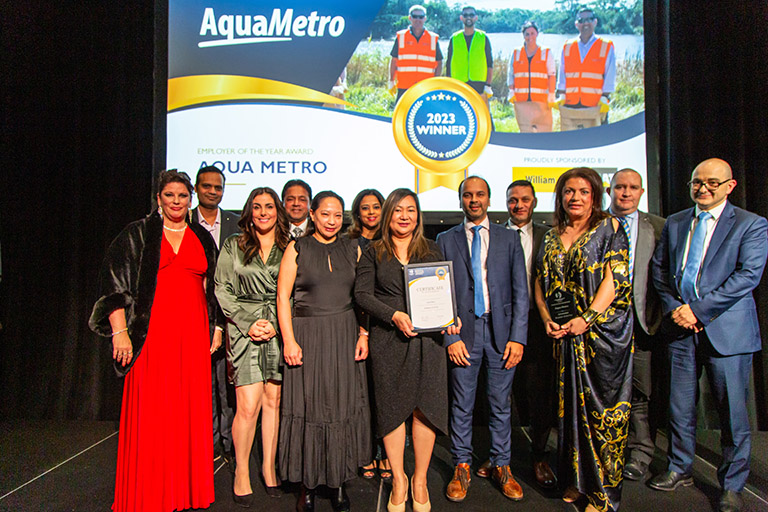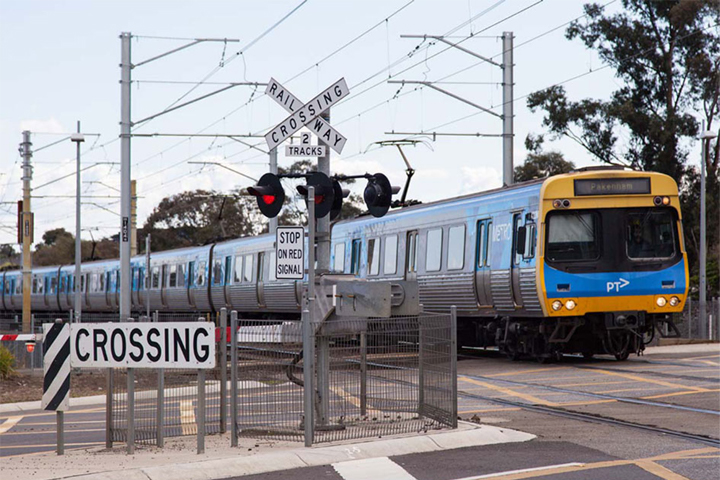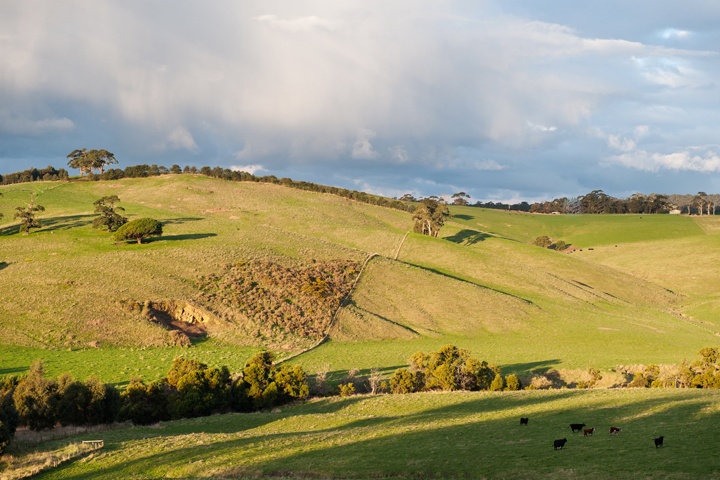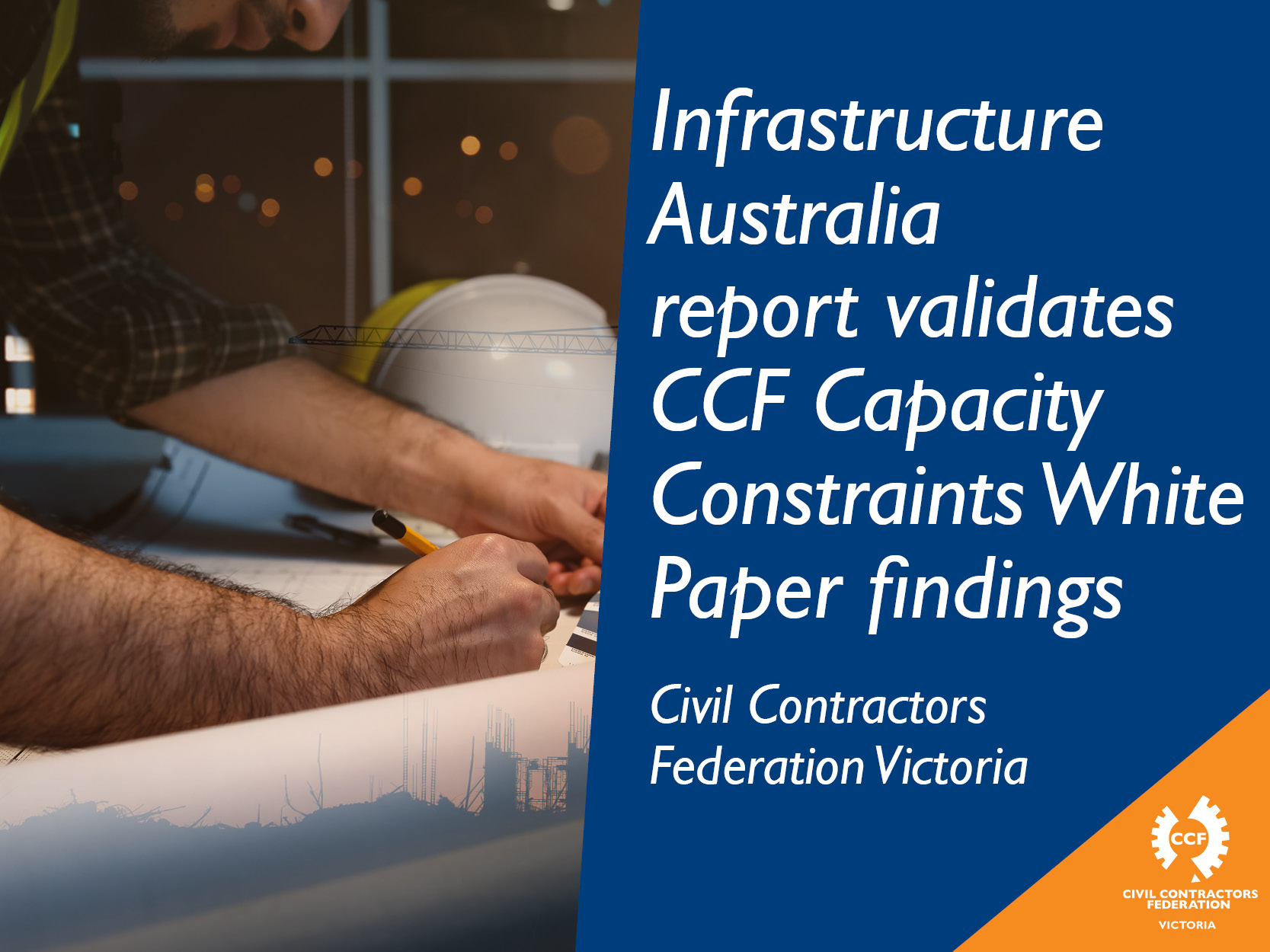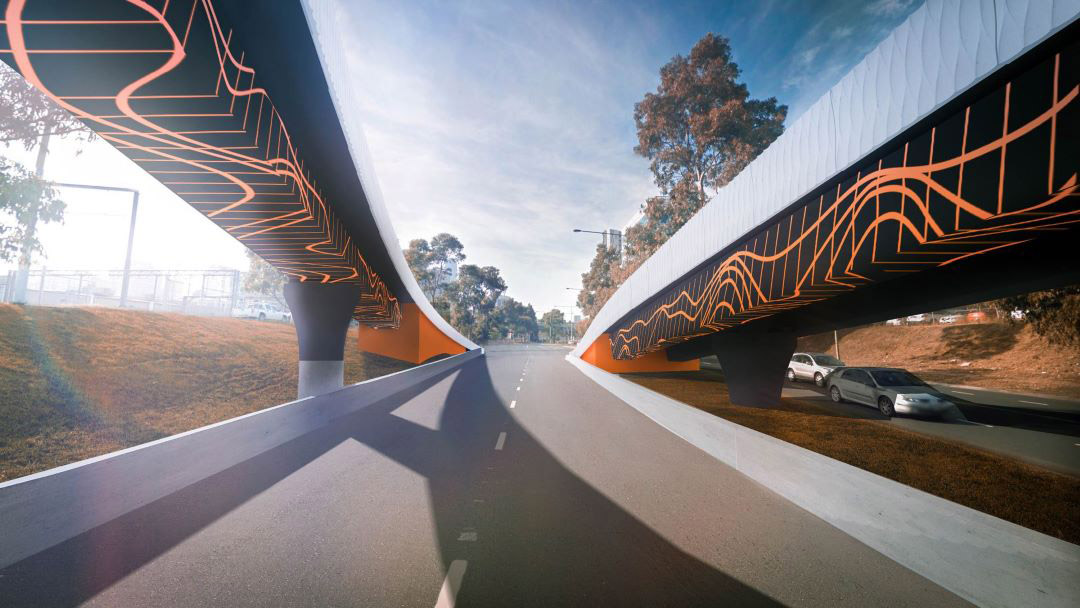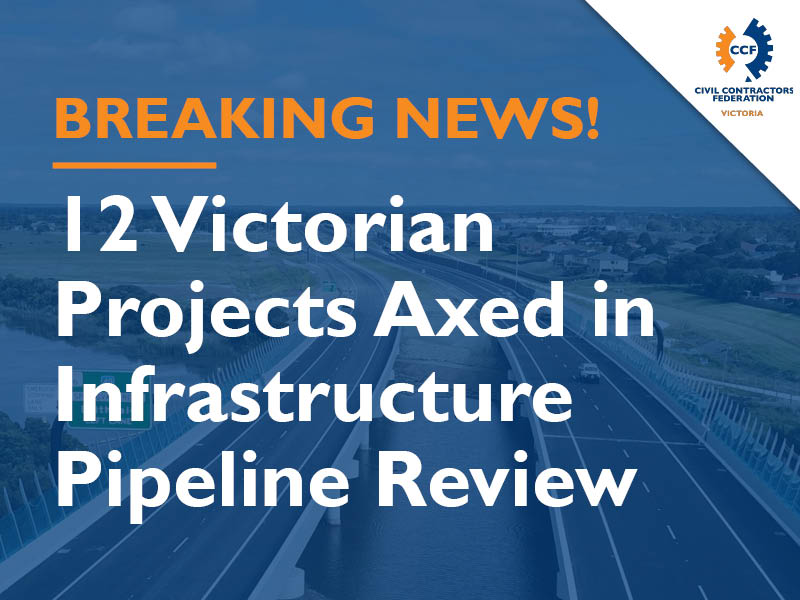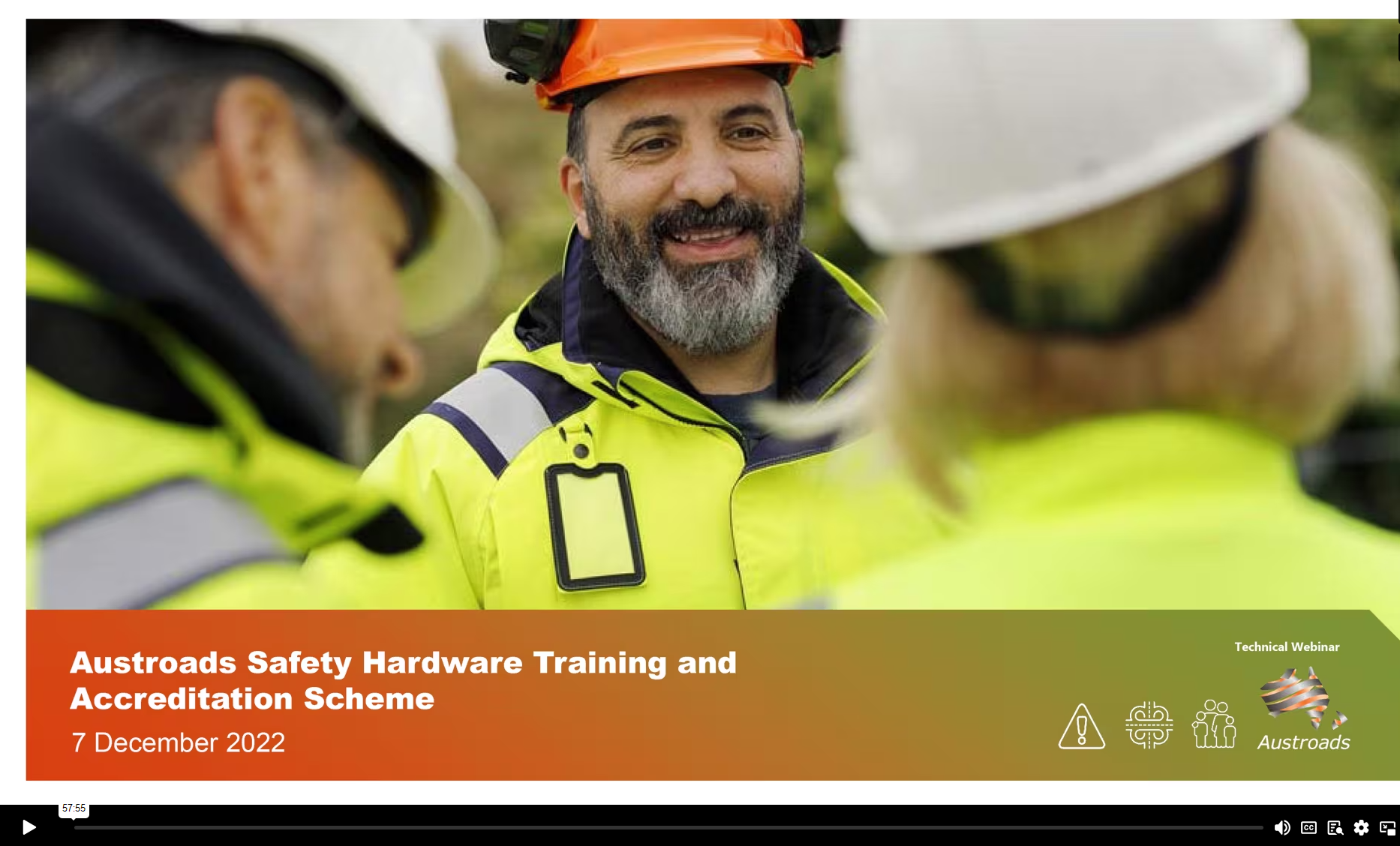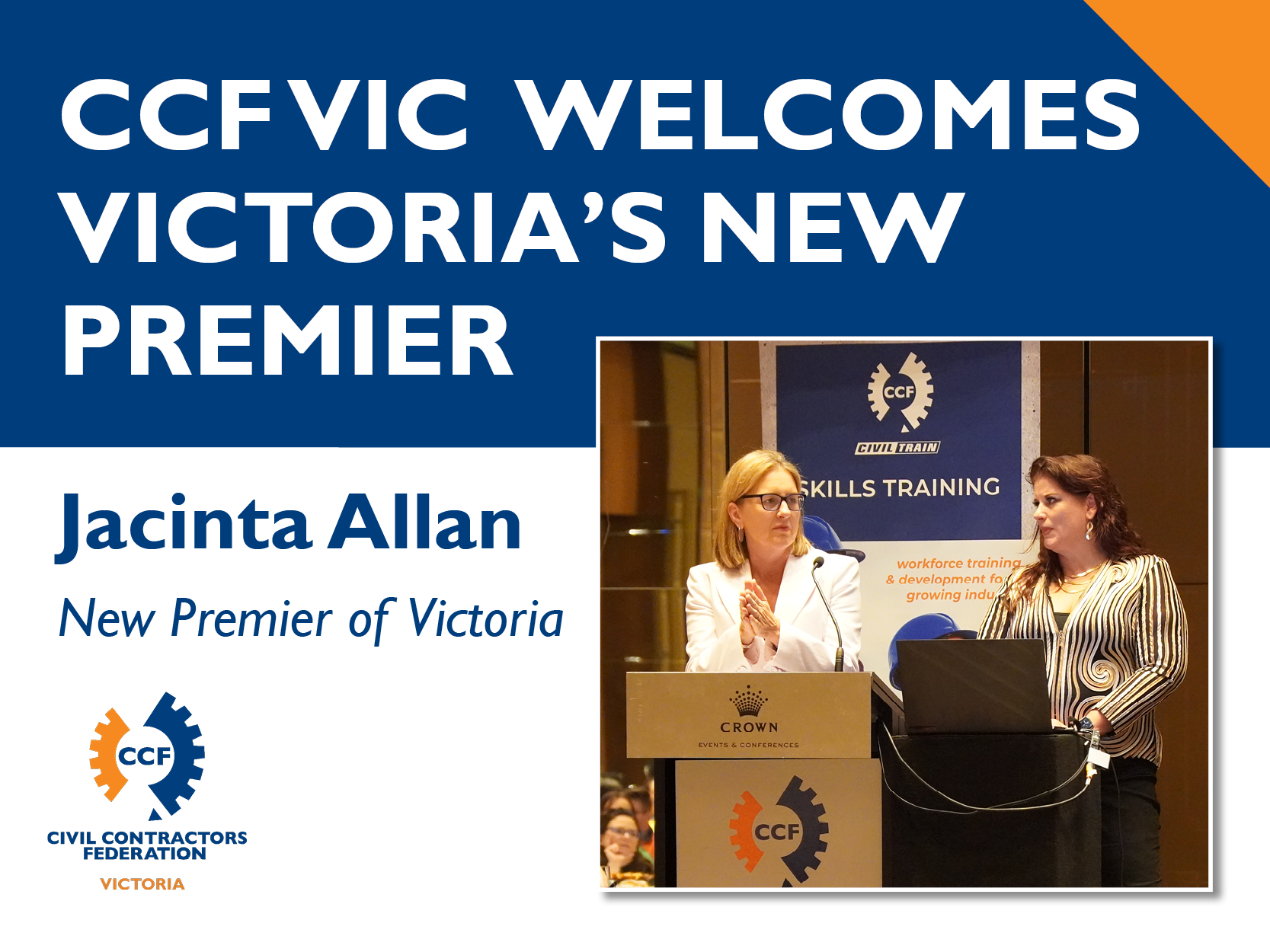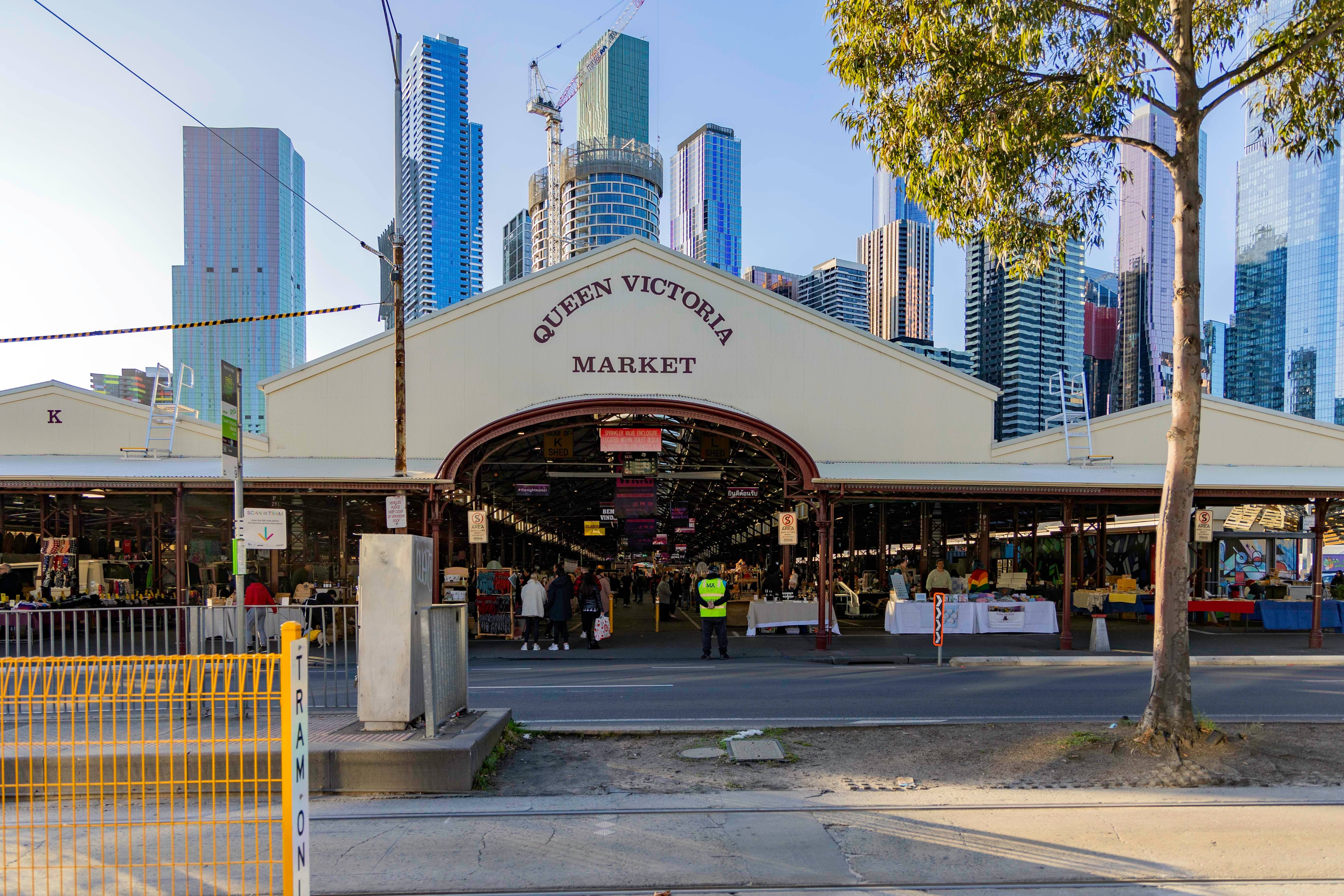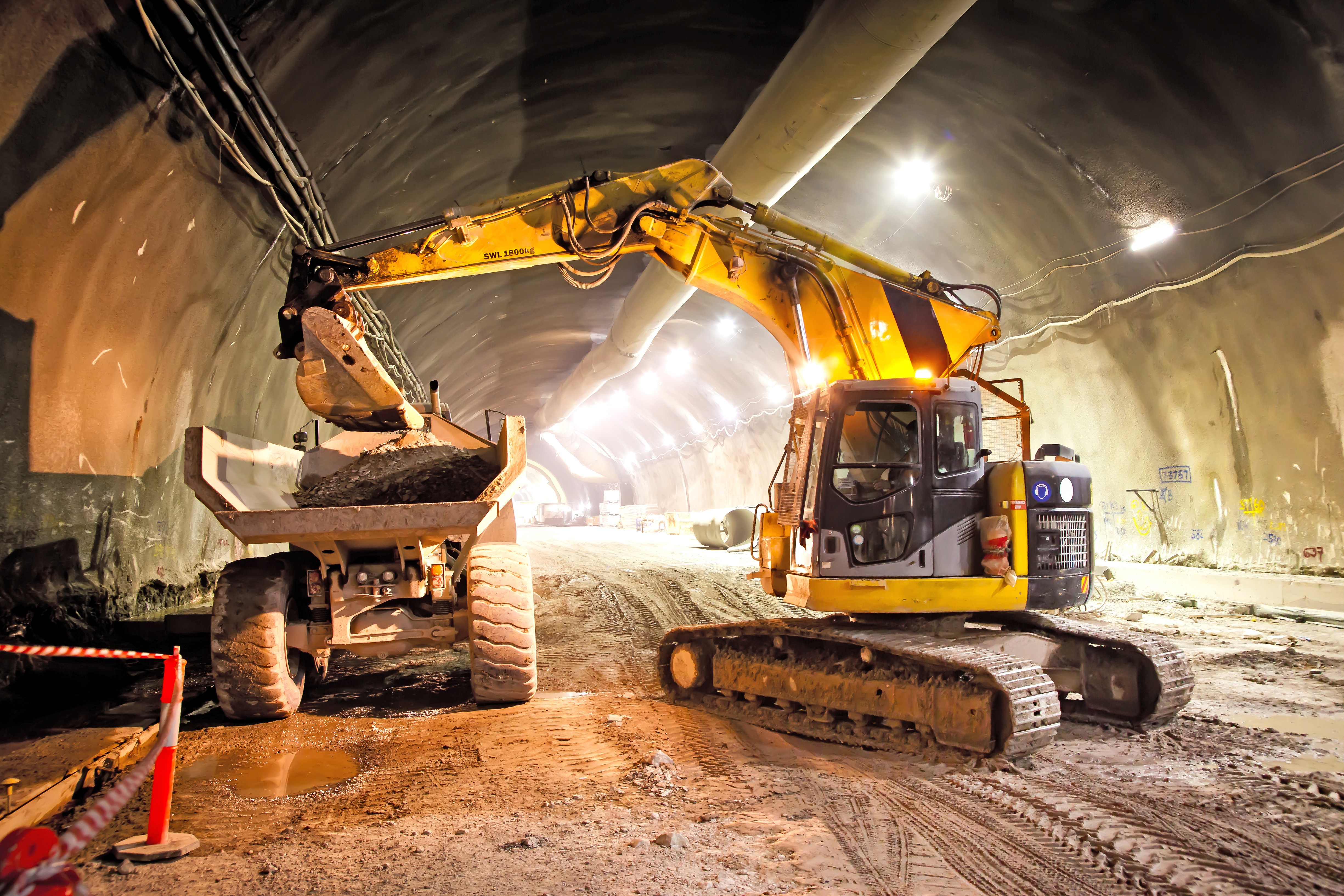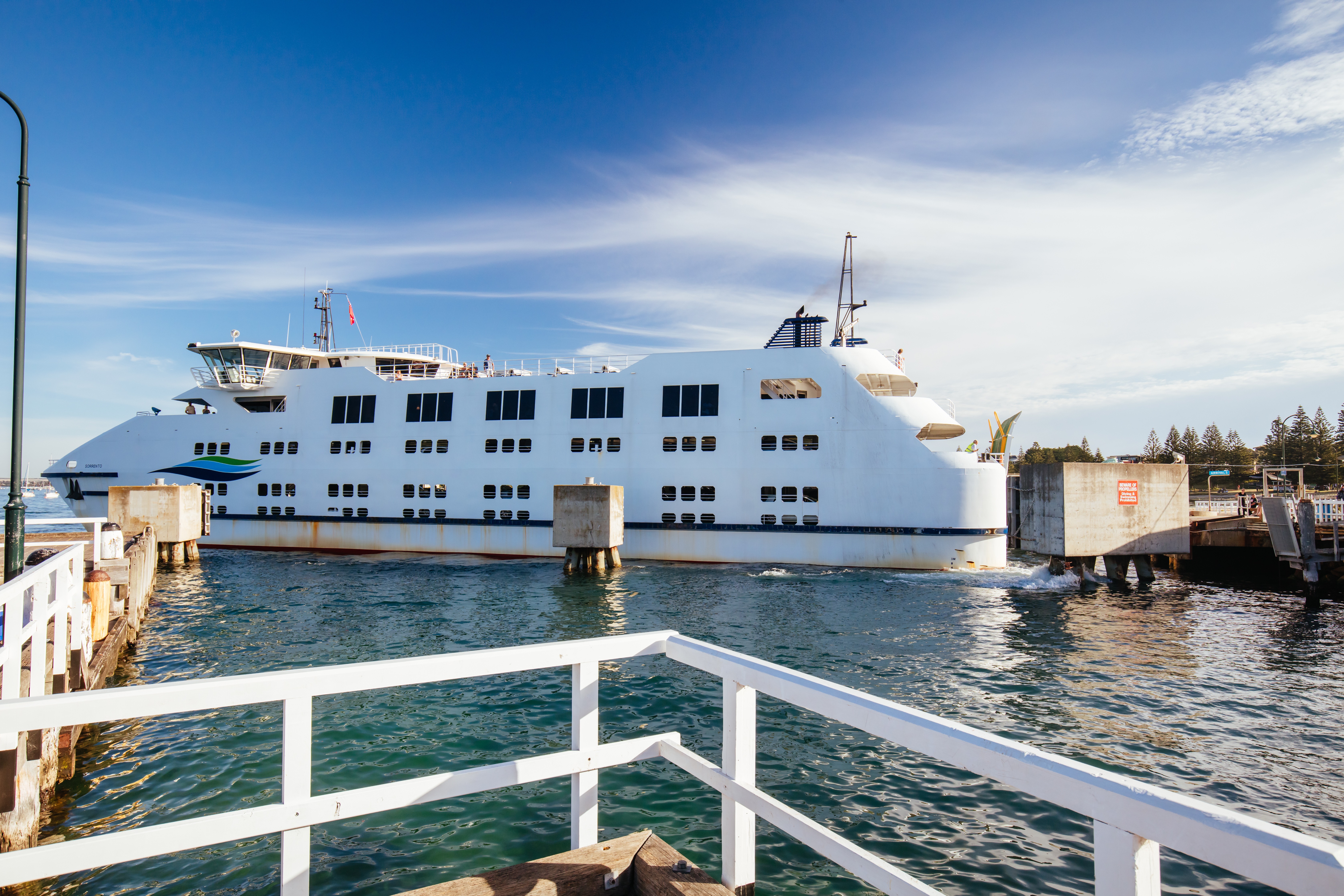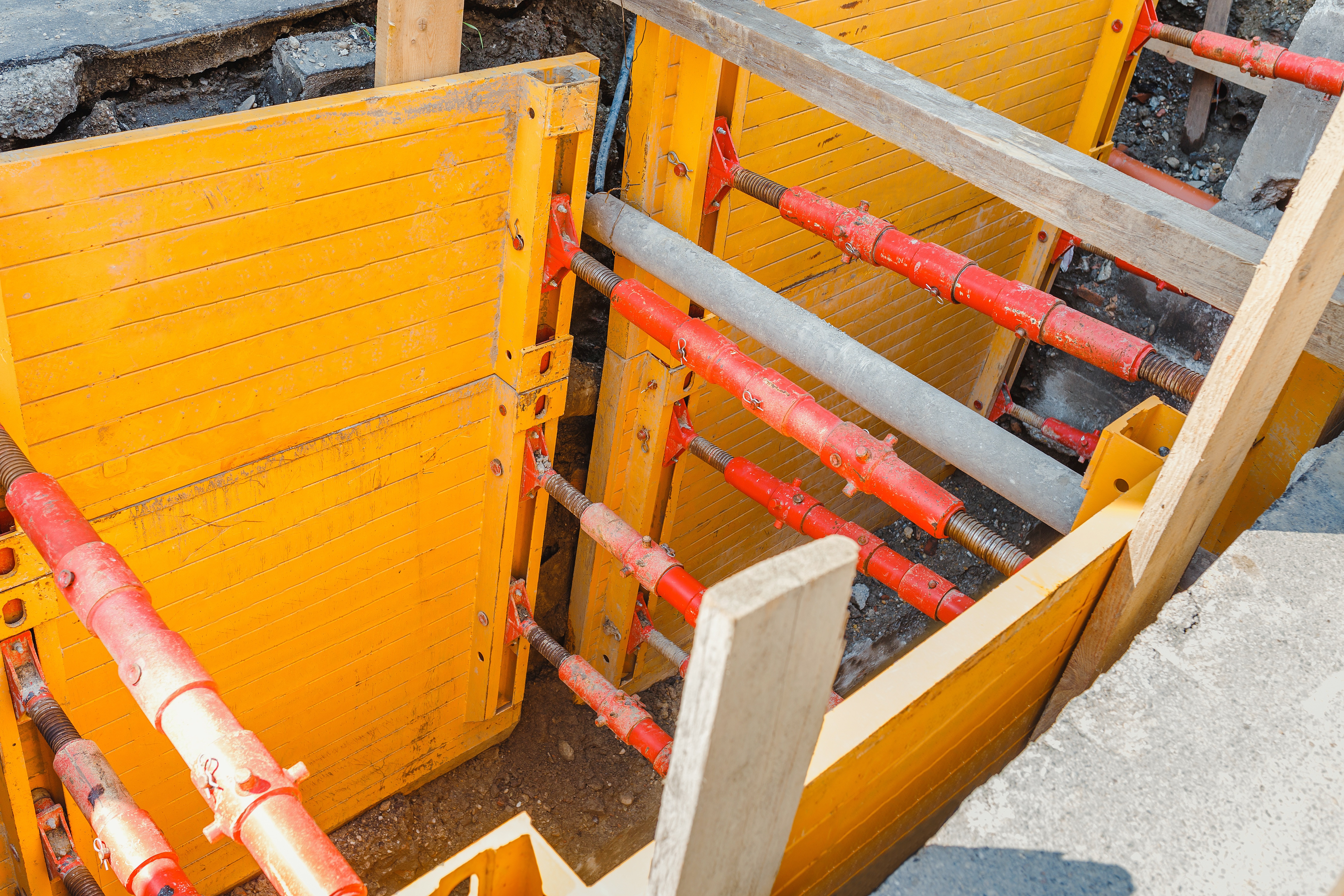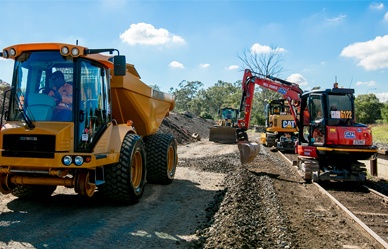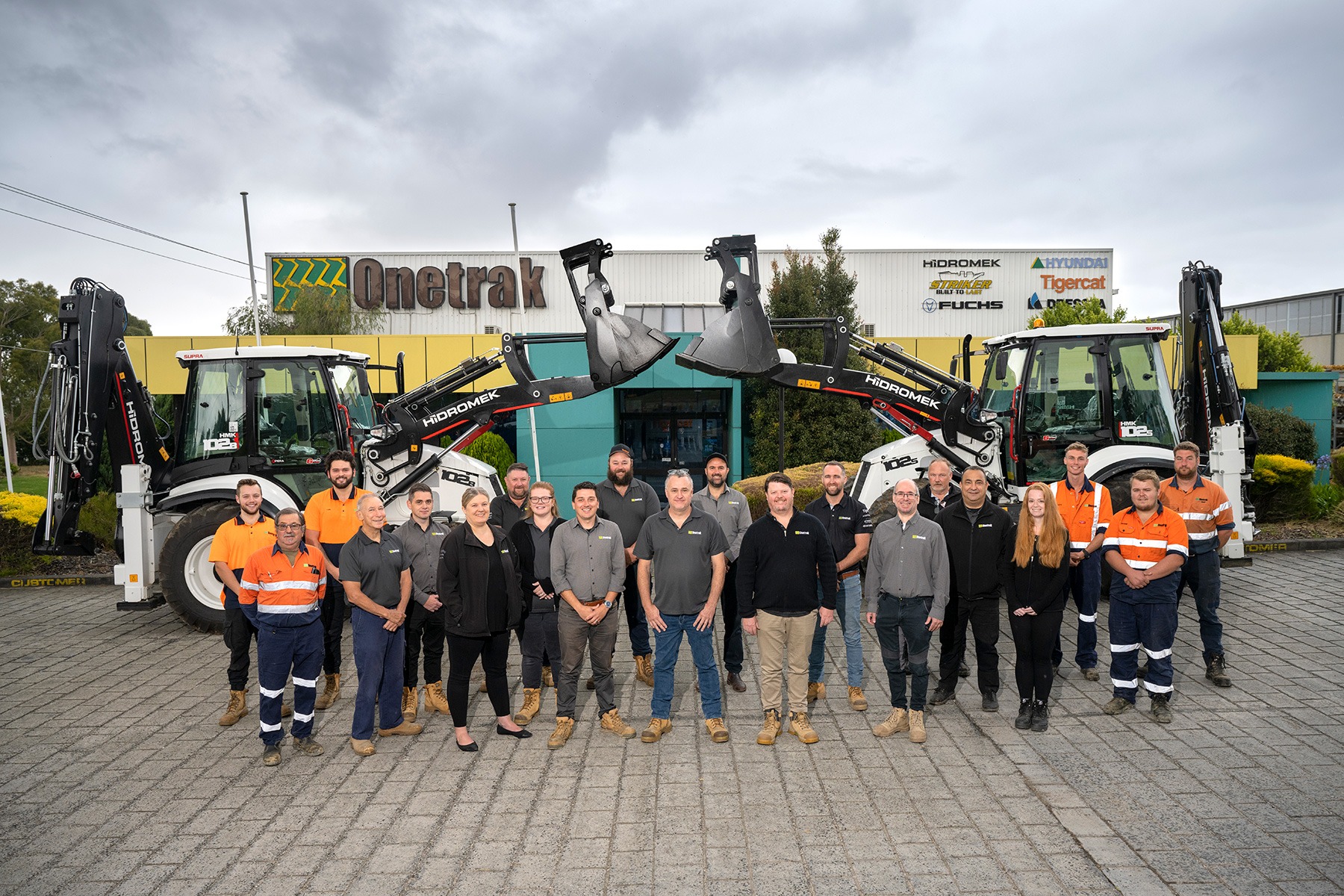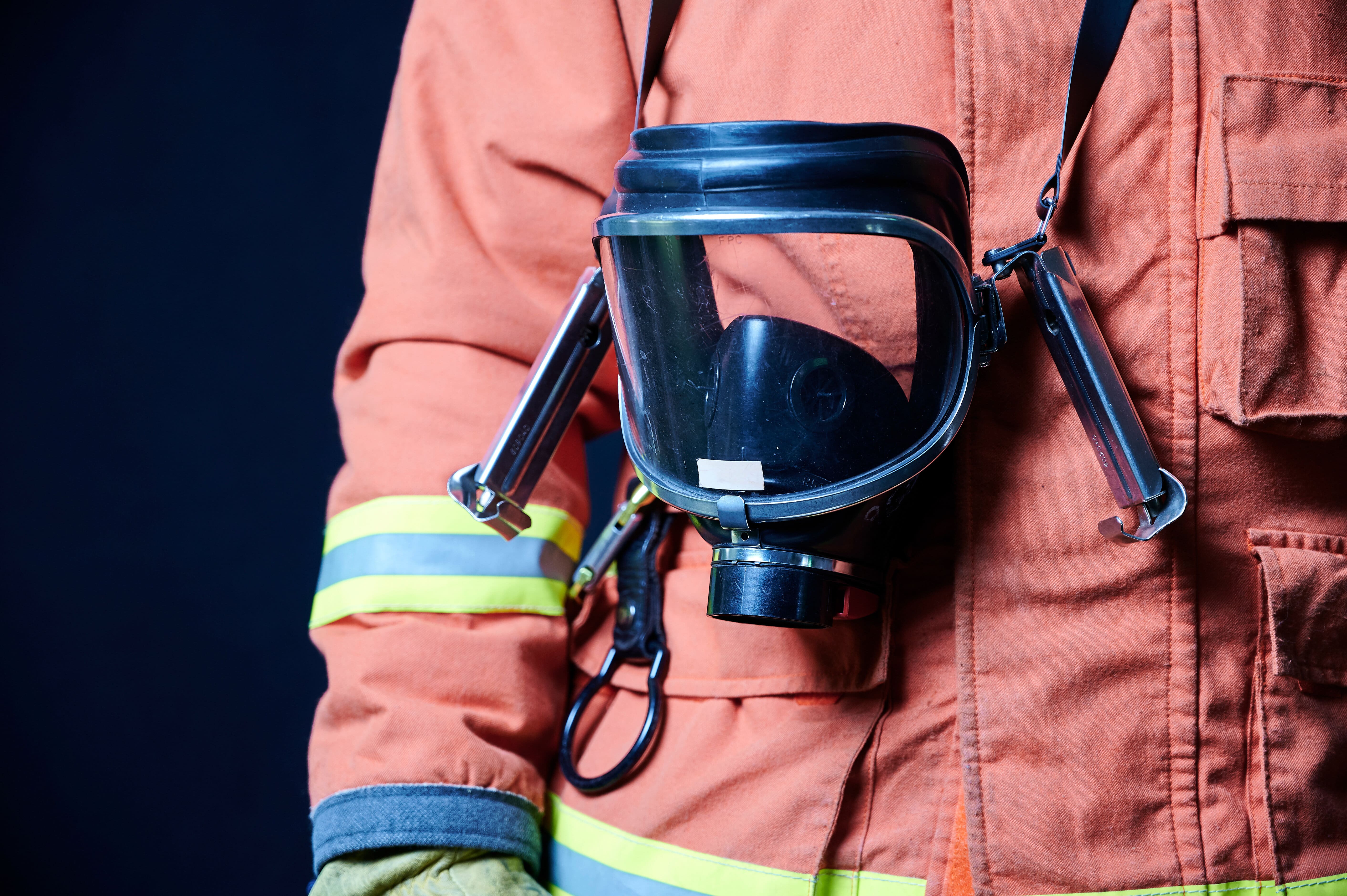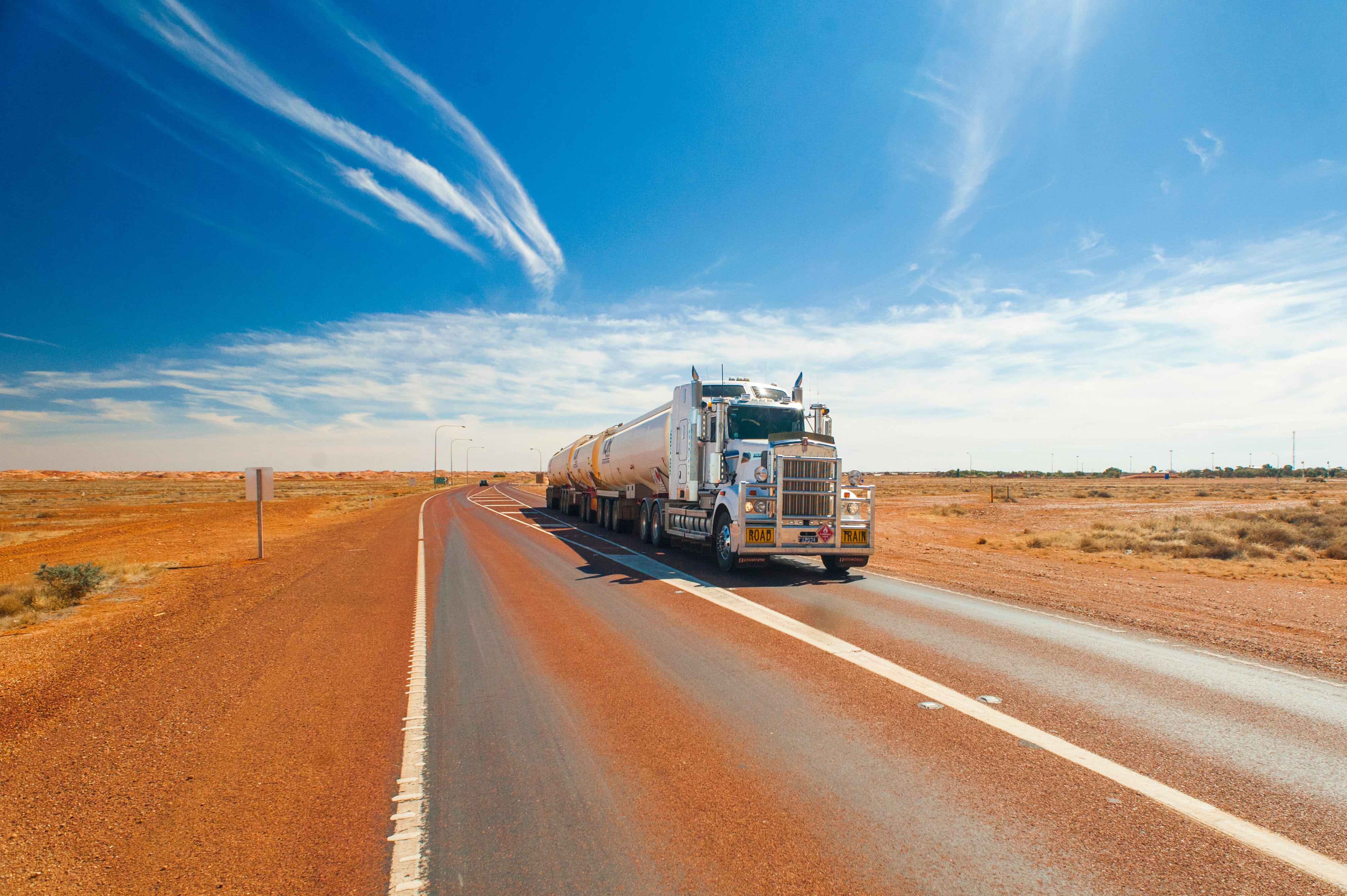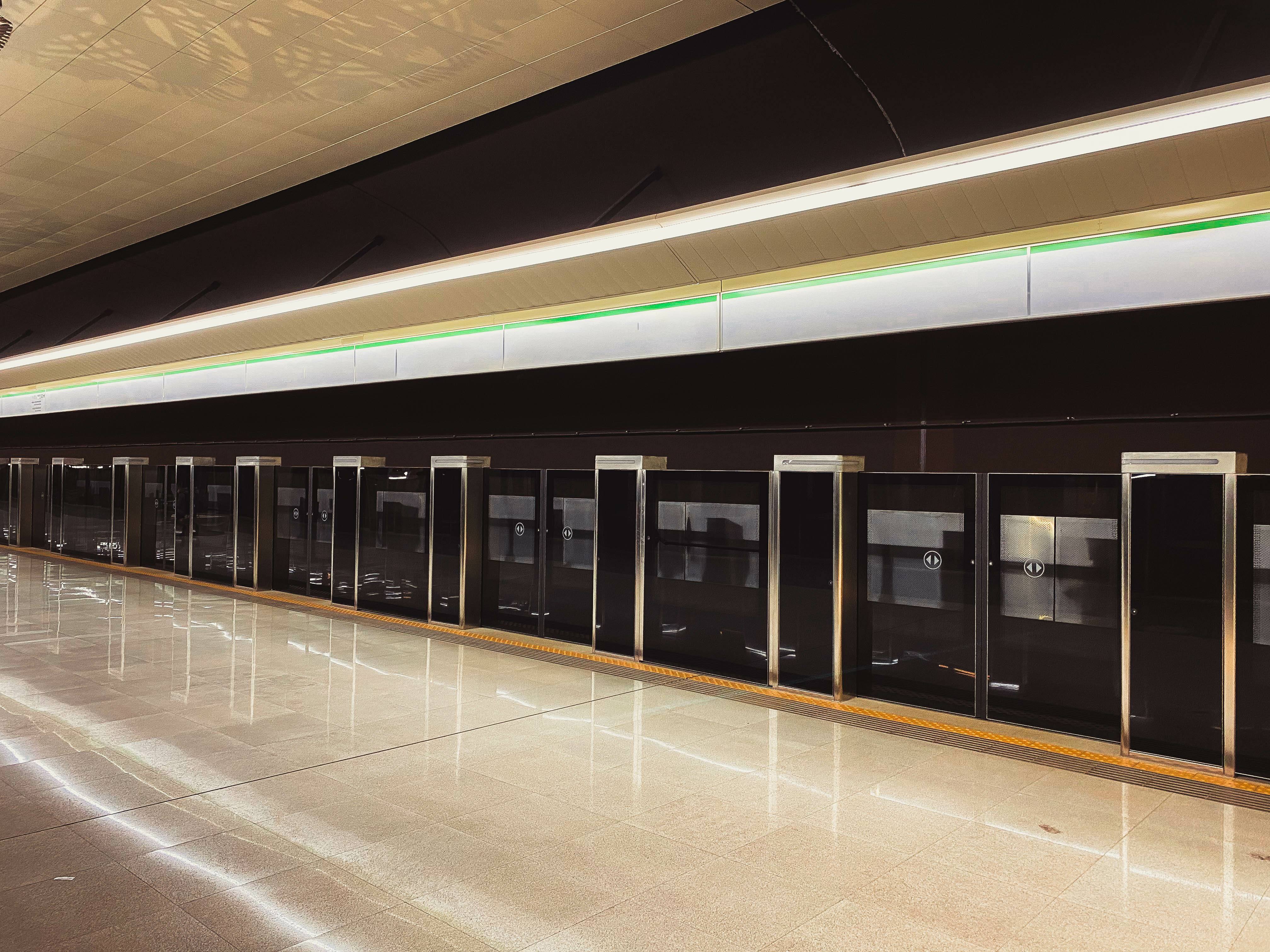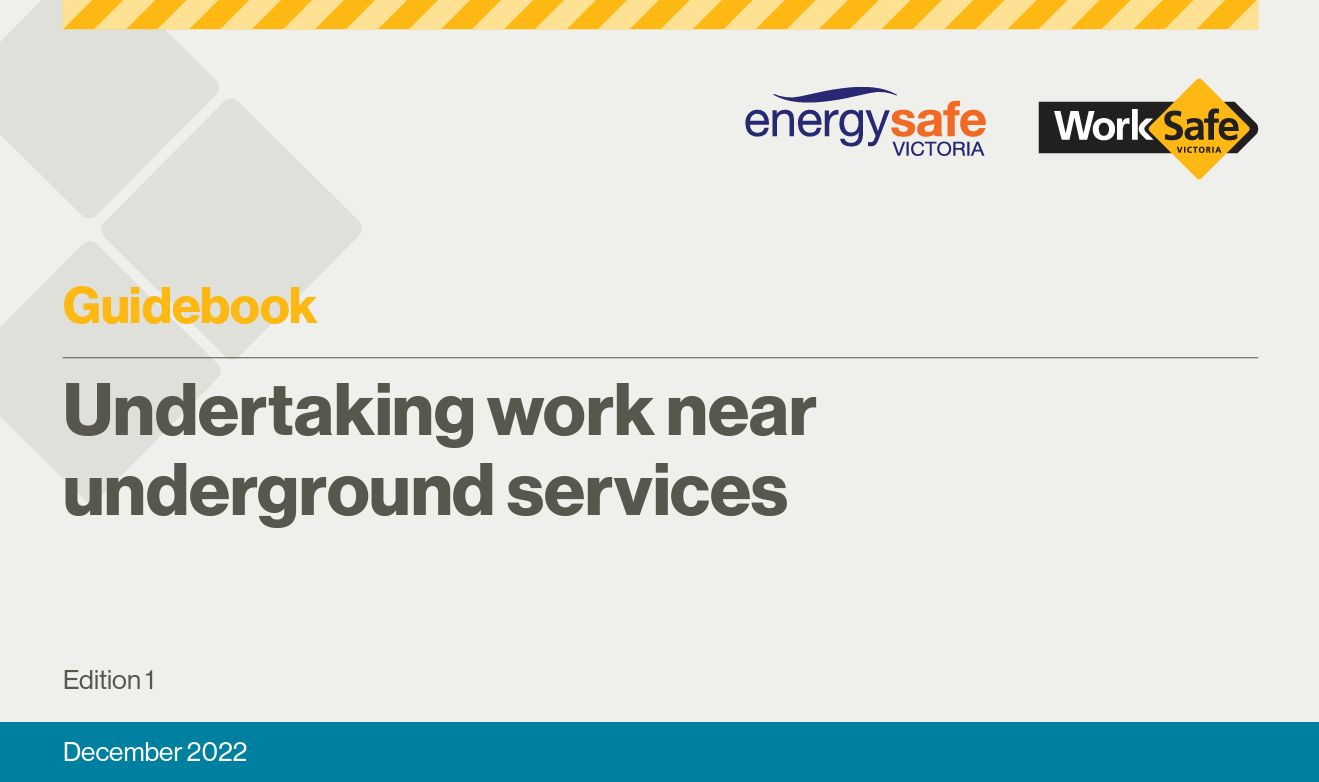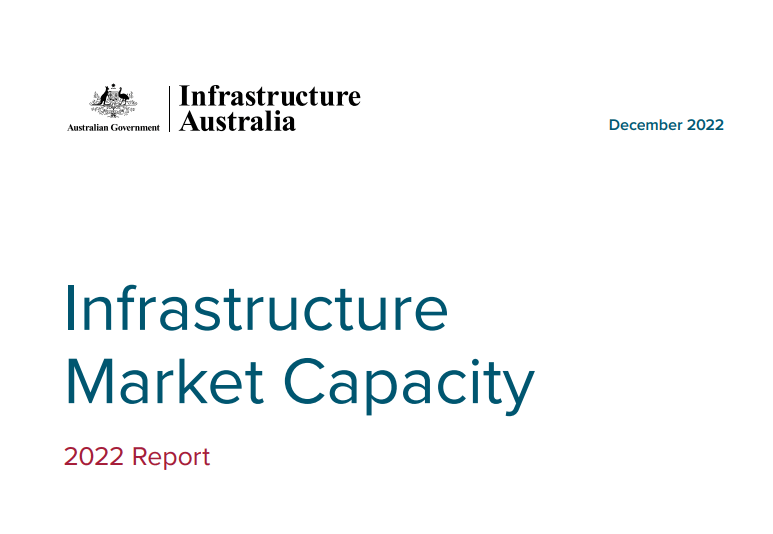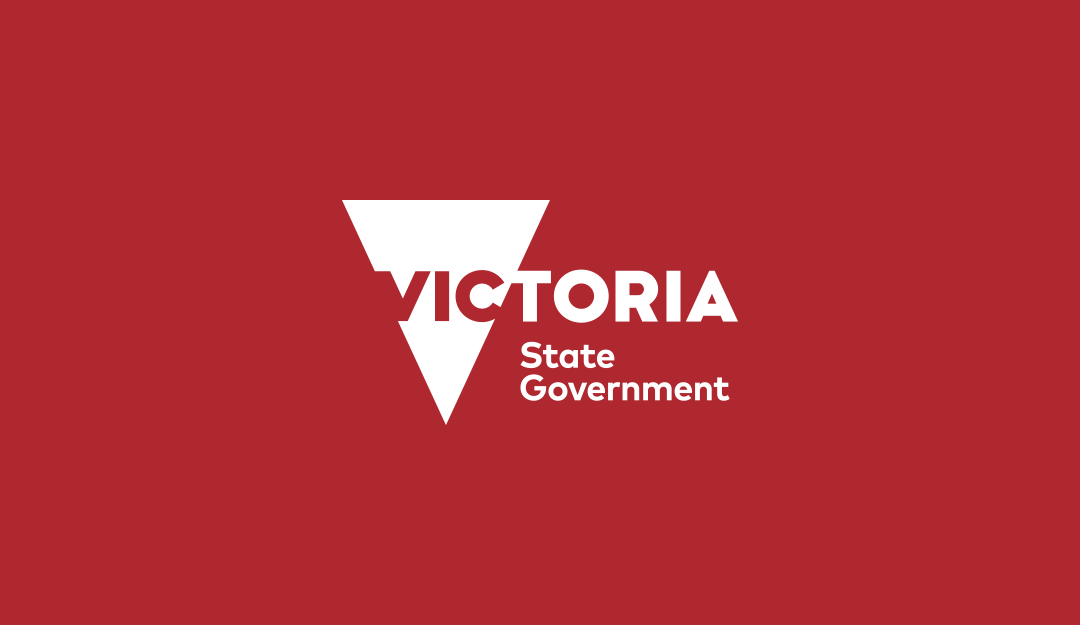Message from the CEO of the National Vehicle Regulator
Australia is a vast, decentralised country and the heavy vehicle industry is the backbone of our economy.
Whether it’s agriculture, construction, resources or medicine there isn’t an industry that doesn’t rely on trucks to get the supplies they need.
That’s why heavy vehicle safety is everyone’s responsibility and drivers should be confident that when they go to work they will come home safe.
Encouragingly, recently released figures show that heavy vehicle crash fatalities were down over 17 per cent in the past financial year.
We need to keep up that good work by educating our friends and colleagues on how to drive around trucks, ensuring our workplaces are safe and looking out for our own physical and mental wellbeing.
We will continue to work with the industry to make things safer as you travel across our country.
Truck fatalities down
Recently released data from the Bureau of Infrastructure, Transport and Regional Economics (BITRE) has shown a significant reduction in heavy vehicle crash fatalities over the 12 months to June 2020.
NHVR CEO Sal Petroccitto said that the data was encouraging but that there was never room for complacency.
“Over the past financial year there were 157 fatalities recorded, down 17.8 per cent on last financial year,” Mr Petroccitto said.
“This includes a 30.4 per cent reduction in fatalities involving heavy rigid vehicles and a 7.8 per cent reduction in fatalities involving articulated vehicles.
“Of course, any death in a crash is one too many and we are always focused on what we can do to make our roads safer for all users.
“We are continuing to remind drivers that we need space to keep you safe – targeting drivers of light vehicles, who are most often at fault in crashes involving trucks.”
https://www.bitre.gov.au/publications/ongoing/fatal_heavy_vehicle_crashes_quarterly
New fact sheet on supplementary records
Are you delayed purchasing a new work diary due to COVID-19 restrictions in some areas of Australia? The NHVR has released a new Fact Sheet outlining how to use a supplementary record if a written work diary is lost, stolen, destroyed or filled up. Supplementary records can be in any format but must contain all the information normally recorded in a work diary and must be carried for 28 days with the driver’s new work diary. Drivers must not use supplementary records after buying a replacement work diary or after more than seven business days.
Click here to download the fact sheet about supplementary records
Freight border crossing updates
The NHVR is continuing to coordinate information from state and federal authorities for essential travellers, including anyone moving freight. Stay up to date with information about the ongoing requirements, particularly changes to COVID-19 testing requirements when crossing state borders.
The latest news includes:
– NSW – the free testing sites at Narrandera Roadhouse (Newell Highway) and Tarcutta truck change over yard (Sydney St, off Hume Highway) will operator 24 hours per day, seven days a week until further notice.
Click here for more details on heavy vehicle-friendly testing sites in Queensland, South Australia and Tasmania
Have you got another question about coronavirus changes?
A lot may have changed across the heavy vehicle industry over the past few months, but safety still comes first. Check out the latest advice for heavy vehicle operators at www.nhvr.gov.au/coronavirus If you have any questions that we haven’t answered on this page, you can contact us by phone on 1300 MYNHVR (1300 696 487), by email at info@nhvr.gov.au or by sending us a message on Facebook.
Blueprint to boost heavy vehicle productivity
Expanding networks and reducing the need for access permits will continue to boost freight efficiency according to a productivity blueprint released by the NHVR. The NHVR’s Heavy Vehicle Productivity Plan 2020-25 is an important step to ensure governments and road managers were taking steps to meet Australia’s future freight growth. It outlines important objectives, including partnering with local governments to build capability and promoting more productive heavy vehicles that are better for the environment and communities, as well as providing certainty and consistency with access.
Click here to view the full statement and the Plan
Project reviews freight route productivity
The NHVR officers met with local government representative in Toowoomba recently to launch a national project that aims to make better use of local freight routes. The Phase 1 Pilot of the Strategic Local Government Assessment Project (SLGAAP) is well underway with 100 bridges and culverts across 12 councils now being assessed by engineers. Click here to read the full statement.
If you know of any bridges or culverts that have restricted access for OSOM vehicles, please let us know on our interactive map.
For more information on the NHVR’s Strategic Local Government Asset Assessment Project, contact the project team on roadassetproject@nhvr.gov.au or call 1300 MYNHVR (1300 696 487).


